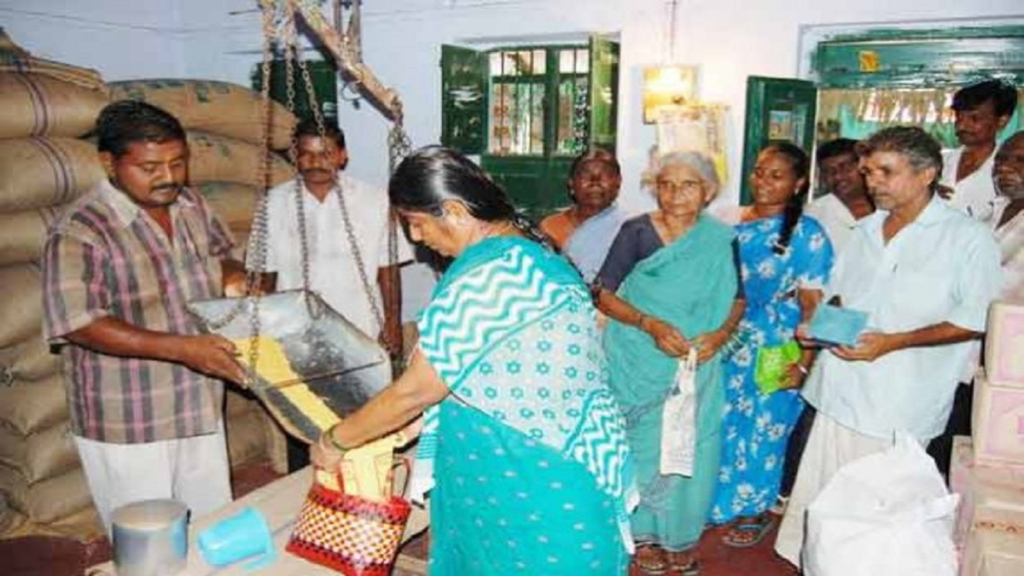QUES . Enlist and explain the salient features of the Public Distribution System as per the provisions of the National Food Security Act, 2013.
HINTS:

The Public Distribution System (PDS) is a government-sponsored program aimed at providing food security to the poor and vulnerable sections of society. The National Food Security Act, 2013, outlines the salient features of the PDS, which are as follows:
Coverage: The Act ensures that 75% of the rural population and 50% of the urban population are covered under the PDS. This coverage ensures that a significant proportion of the population has access to essential food items at subsidized rates.
Entitlements: The Act provides for the entitlement of subsidized food grains to eligible households. The entitled households are categorized as priority and general households. The former category includes households identified by the state government as poor and vulnerable, and the latter category includes all other households.
Quantity of food grains: The Act provides for a minimum quantity of food grains that each entitled household is entitled to receive from the PDS. This quantity is five kg per person per month for priority households and three kg per person per month for general households.
Subsidized prices: The Act provides for the sale of food grains at subsidized prices to entitled households. The prices are fixed by the central government and are uniform across the country. For example, the subsidized price for rice is Rs. 3 per kg, and for wheat, it is Rs. 2 per kg.
Fair price shops: The Act mandates the establishment of fair price shops to distribute food grains to entitled households. These shops are run by the state government or authorized dealers, and they are required to maintain records of sales and stocks.
Transparency and accountability: The Act provides for the use of technology to improve transparency and accountability in the PDS. The state governments are required to computerize their PDS operations and put in place an end-to-end computerized supply chain management system.
Grievance redressal: The Act provides for a grievance redressal mechanism to address the complaints of entitled households. The mechanism includes setting up toll-free helplines, establishing vigilance committees at the district and state levels, and conducting social audits.
In summary, the National Food Security Act, 2013, ensures that the PDS is more effective in providing food security to the poor and vulnerable sections of society. The Act has provisions to ensure that entitled households receive adequate quantities of food grains at subsidized prices, and that the PDS operations are transparent and accountable.
